
Decisions, decisions, decisions. When it comes to skiing in Japan, both Hokkaido and the Japanese Alps deliver the goods in a big way. We're talking bottomless Japanese powder (Japow), epic terrain, mouthwatering cuisine, and unforgettable cultural experiences both on and off the mountain. So, which one’s your perfect match? Dive into our guide below to find out.
Located about 130 miles west of Tokyo on the main island of Honshu, the Japanese Alps are made up of 3 towering mountain ranges: the Hida, Kiso, and Akaishi. This region is known for its dramatic alpine scenery that’s often compared to the European Alps, and it’s within easy reach of major cities via Japan’s high-speed rail. Thanks to its mountainous terrain and high elevation, the Japanese Alps offer some of the steepest, most technical skiing in the country. The area is home to dozens of ski resorts, many clustered around Nagano, host of the 1998 Winter Olympics. The most popular ski resorts in this region include Hakuba Valley, Shiga Kogen, and Nozawa Onsen.
Further north is Hokkaido, Japan’s snowiest and most remote island. It’s colder, quieter and famous for its volcanic mountain ranges that consistently generate dry, fluffy powder – some of the best snow on Earth. The vibe here is more rural and relaxed, and the skiing is all about deep turns through glades and open bowls. Hokkaido’s most well-known resorts include Niseko United, Rusutsu Resort, Furano Ski Resort, and Kiroro Ski Resort.
While the terrain, environment, and travel logistics differ between the two, both regions share the same magic that makes skiing in Japan bucket-list worthy:
Read: Why Is There So Much Snow in Japan?


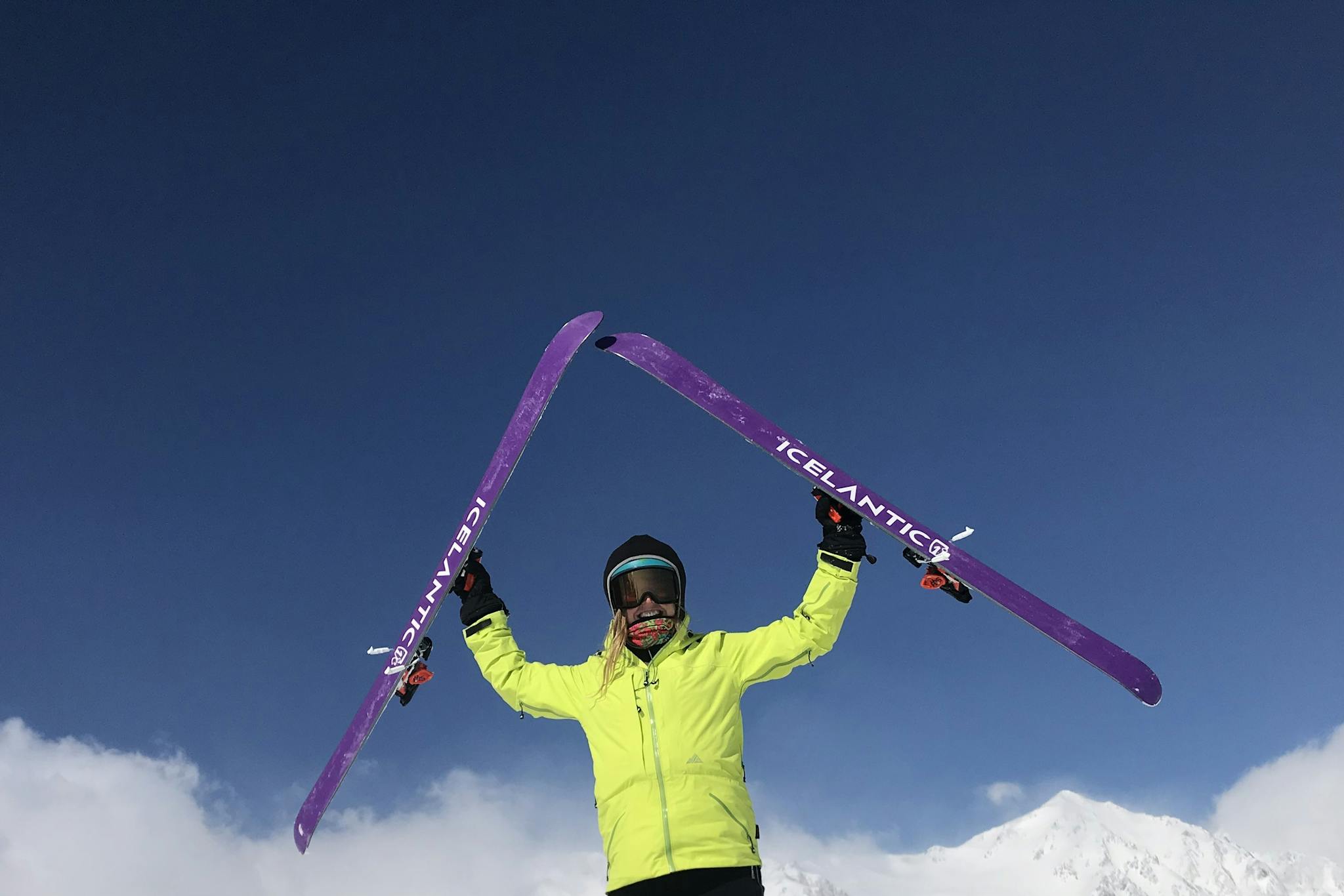
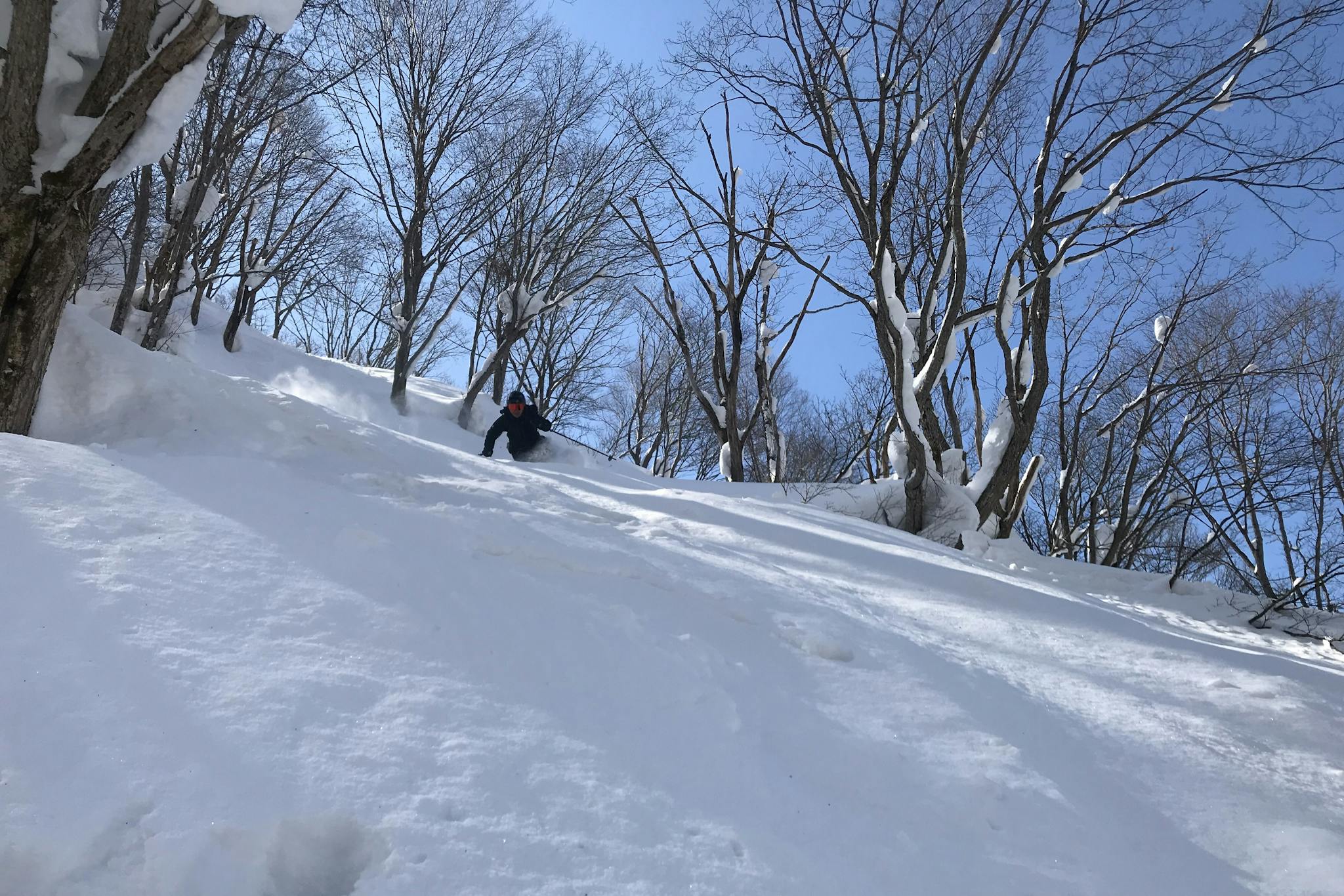
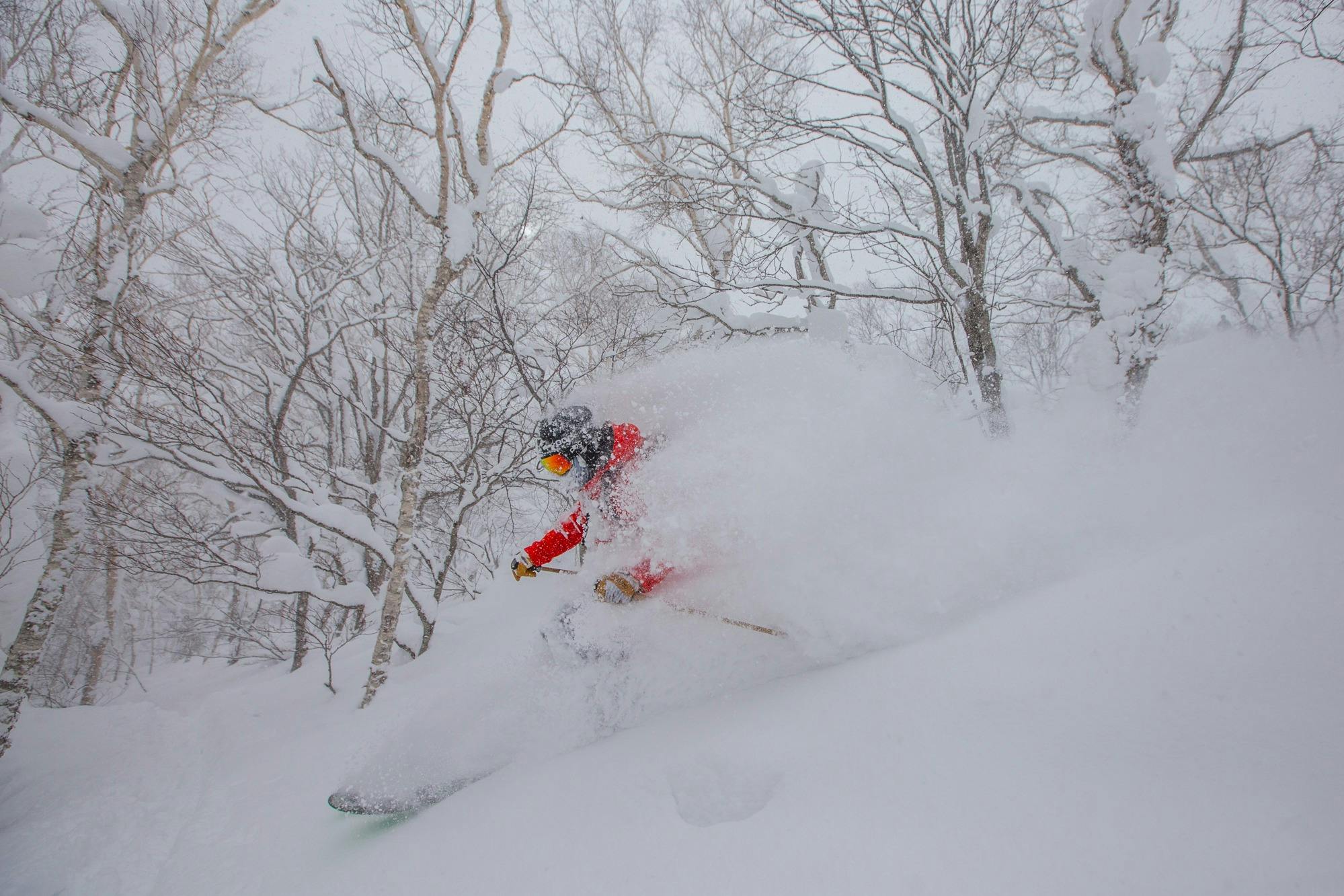
Related: Skiing the Japanese Alps
Both Hokkaido and the Japanese Alps are world-renowned for delivering that signature light, dry, and fluffy Japow skiers dream about. While both regions see impressive snowfall, Hokkaido typically comes out on top, with many resorts averaging over 600 inches per season – that’s nearly double what Colorado typically gets. Resorts in the Nagano region of the Japanese Alps still see plenty of powder, averaging 400-500 inches annually, but places like Niseko have seen totals nearing 1,600 inches in a single season. That's not just a powder day, it’s a powder paradise! The Japanese ski season typically runs from December through April, but if you’re chasing that legendary Japow, January is your best bet for deep, dry, and consistent snowfall.
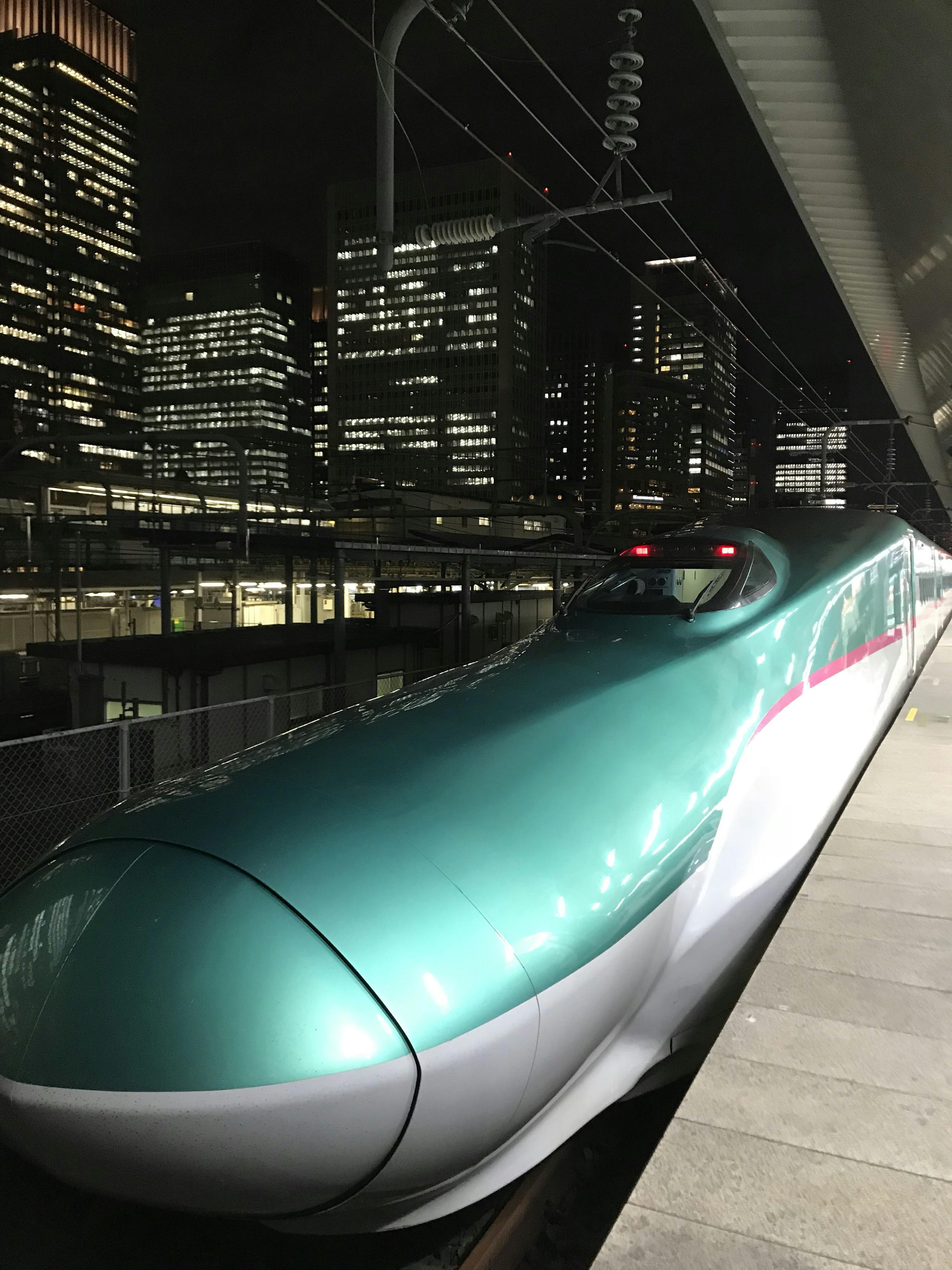
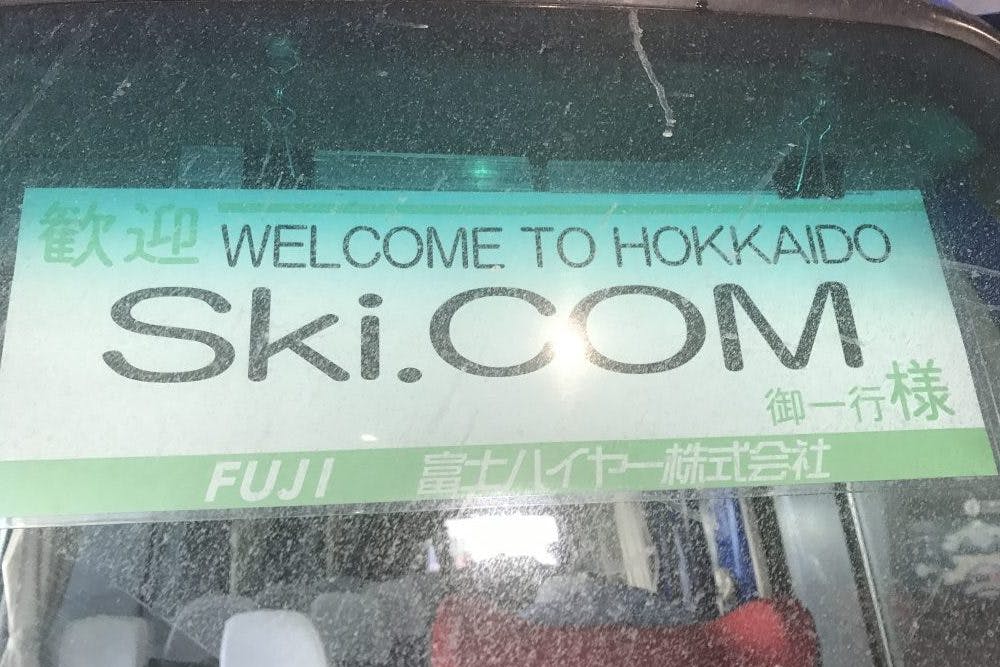
Both the Japanese Alps and Hokkaido are surprisingly easy to reach with a little planning. If you're looking to pair world-class skiing with a taste of Japan’s cultural cities like Tokyo, Kyoto, or Osaka, head for the Japanese Alps. Fly into Tokyo’s Narita International Airport, then hop on the Shinkansen (bullet train) from Tokyo Station. In just over an hour, you’ll glide into Nagano City at 200 mph, with top resorts just an hour’s shuttle ride away. Want to explore more than one resort? Hire a private shuttle or guide – it’s the best way to unlock the Alps' multi-resort potential. (And trust us, you don’t want to skip the bullet train experience.)
Hokkaido, on the other hand, is a touch more remote, but absolutely worth the extra step, delivering an authentic rural Japanese experience. After landing at Narita, take a short domestic flight to Sapporo’s New Chitose Airport. From there, you’ll want to hop in a pre-arranged shuttle (which is included in Ski.com’s Guided Hokkaido Trip). With flexible routing based on snowfall, our guides help you chase the deepest turns and explore more of Hokkaido’s powder playground.

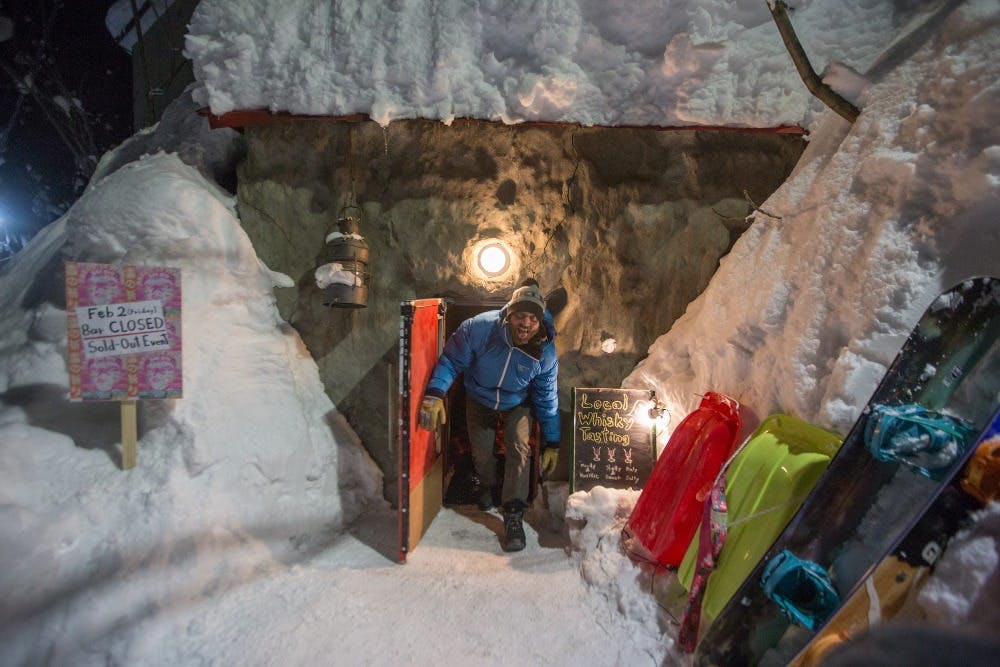
If you're craving a deep dive into traditional Japanese culture, the Japanese Alps are the place to be. This region is rich in historic charm, offering more opportunities to stay in authentic ryokans (complete with tatami mats and futons), explore bustling markets and soak in centuries-old onsen villages. One of the most beloved cultural hubs is Nozawa Onsen, an 8th-century hot spring village turned ski destination. When you're not exploring the area's gladed powder stashes or carving its top-notch terrain, you'll find yourself wandering cobblestone streets lined with family-run inns, sushi bars, yakitori joints, bakeries and local shops selling everything from handcrafted souvenirs to traditional sweets.
While Hokkaido certainly has its own authentic allure, its cultural footprint is more modern and less rooted in ancient tradition. The island remained relatively undeveloped until the past two centuries, so it lacks the same depth of historical architecture and customs found on Honshu. In places like Niseko, you’ll find a more international vibe, thanks to major investment from Western developers, particularly Australians. Expect Western-style lodging, international cuisine and a lively après-ski scene, especially in Grand Hirafu Village, making it a favorite for first-timers and comfort-seeking travelers.
Location: Northern island
Snow Type: Lighter, drier, more consistent
Terrain: Mellow, tree skiing, backcountry
Vibe: Laid-back, modern, Western-friendly
Access: Flight and bus/train
Best For: Powder hounds, families, first-timers
Location: Main island (Honshu)
Snow Type: Heavier storms, sometimes wetter snow
Terrain: Steep, technical, alpine terrain
Vibe: Traditional, authentic, cultural
Access: Bullet train from Tokyo
Best For: Steep lines, culture seekers, experts
Are you ready to experience Japow for yourself? Let our Mountain Travel Experts craft your dream ski trip to Japan, from deep powder days to unforgettable cultural experiences. We’ll handle every detail, including flights, lodging, lift tickets, ski rental, and ground transportation. Get your free custom quote today and get one step closer to the trip of a lifetime. Book your trip to Japan for next season NOW because things sell out fast!
TAGGED: Japan snow, Japan guided trip, Japanese Alps, Travel to Japan
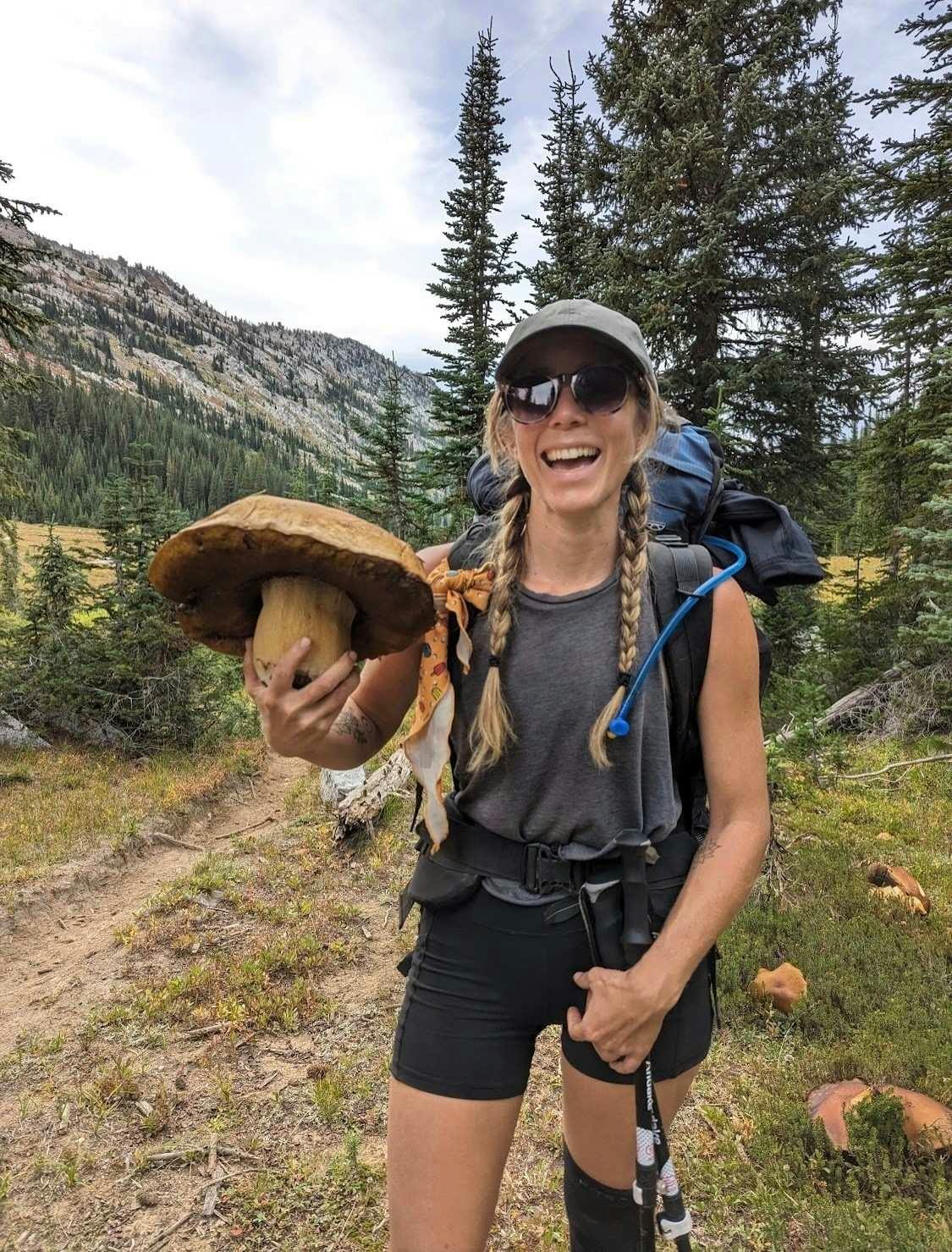
Author



Sign up for exclusive offers, news, updates and more.